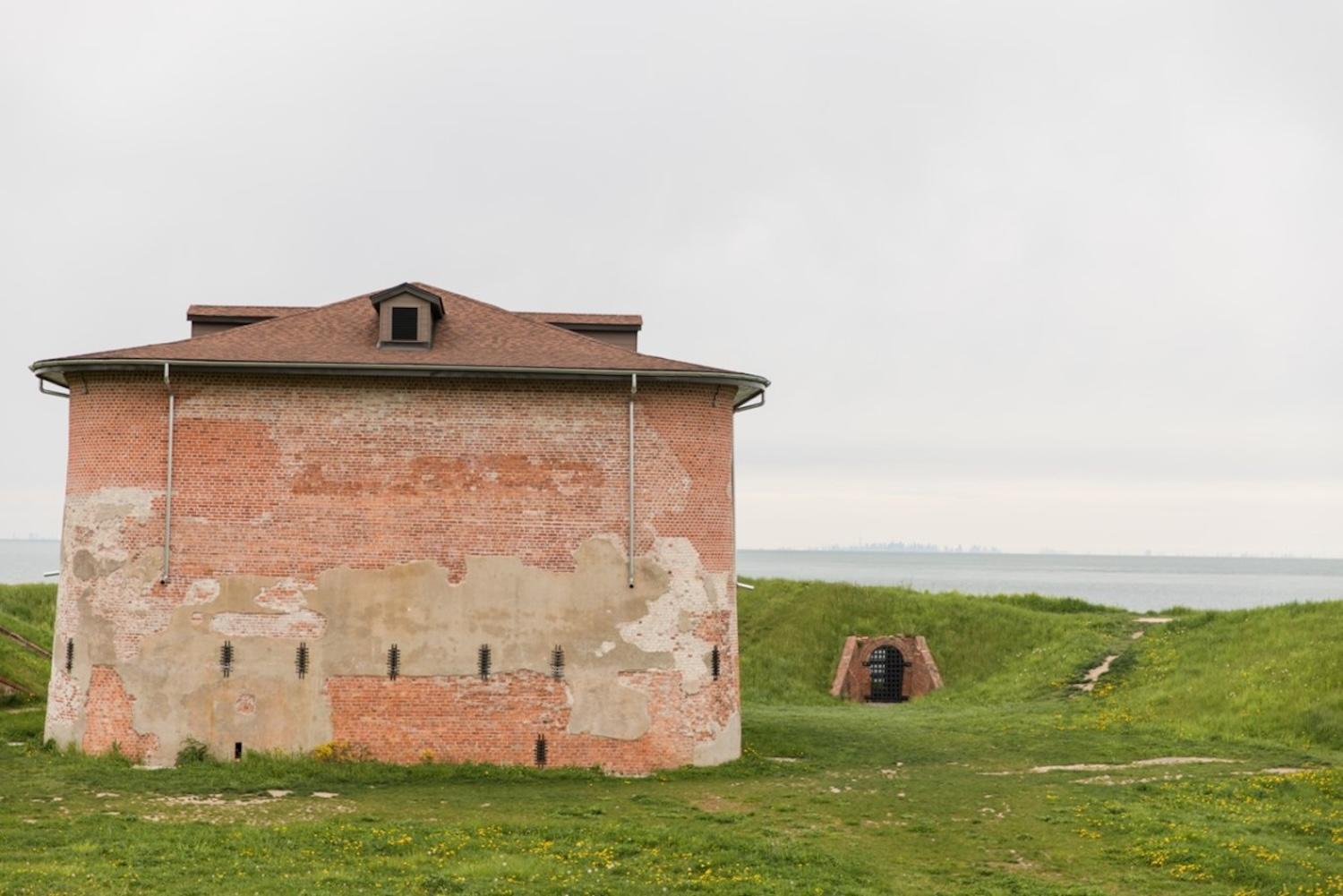
Fort Mississauga National Historic Site has received federal funding to tackle shoreline erosion/Parks Canada
Parks Canada has announced about $6 million ($4.4 million USD) for the protection of the cultural value of Fort Mississauga National Historic Site through the final phase of a break wall installation along the eastern portion of the site on the shores of Lake Ontario.
This infrastructure investment will support construction of a new 500-metre (1,640-foot) section of break wall to combat shoreline erosion near the mouth of the Niagara River. Caused in part by more frequent and severe storm events and high-water levels due to climate change occurring on the Great Lakes, this final phase of shoreline protection will conserve the cultural heritage of the east bank of the fort.
These measures will ensure public safety, safeguard historic artifacts along the property, and protect Parks Canada administered lands leased by the Niagara-on-the-Lake Golf Club.
Previous completed project phases include the construction of the first 600 metres (1,968 feet) of break wall and installation of a new walking trail and boardwalk to provide a safe route for pedestrians to access the fort’s tower and earthworks. This completed walkway and boardwalk connect with the existing trail across the golf club.
Similar to the northern shoreline, the east shoreline has many non-native and invasive tree and shrub species with root systems that damage archeological resources within the earthwork fortification and the surrounding grounds. There are many trees and large shrubs that are falling or at risk of falling into the water as the shoreline erodes. Parks Canada will remove this vegetation to support the break wall construction and then plant native grasses, selected for their minimal maintenance and water requirements. This new vegetation will further support the newly stabilized shoreline. For every tree removed during this work, Parks Canada will plant two new native-species trees or shrubs in the area.
This work will begin in November and last about two years. The total federal investment for the shoreline work, including the previously completed walking path and vegetation work, is $10.4 million ($7.6 million USD).
Fort Mississauga stands as a tower of strength on Lake Ontario. Built to guard the mouth of the Niagara River following the War of 1812, it's a testament to the resilience of the local community (the rubble of whose homes was used as building materials), to the peoples who labored to build this fort and protect their homes (including the Coloured Corps), and to all nations that have called this place home.
Fort Mississauga is one of seven sites that make up the Niagara National Historic Sites and primarily reflect the region's nationally significant military heritage.


